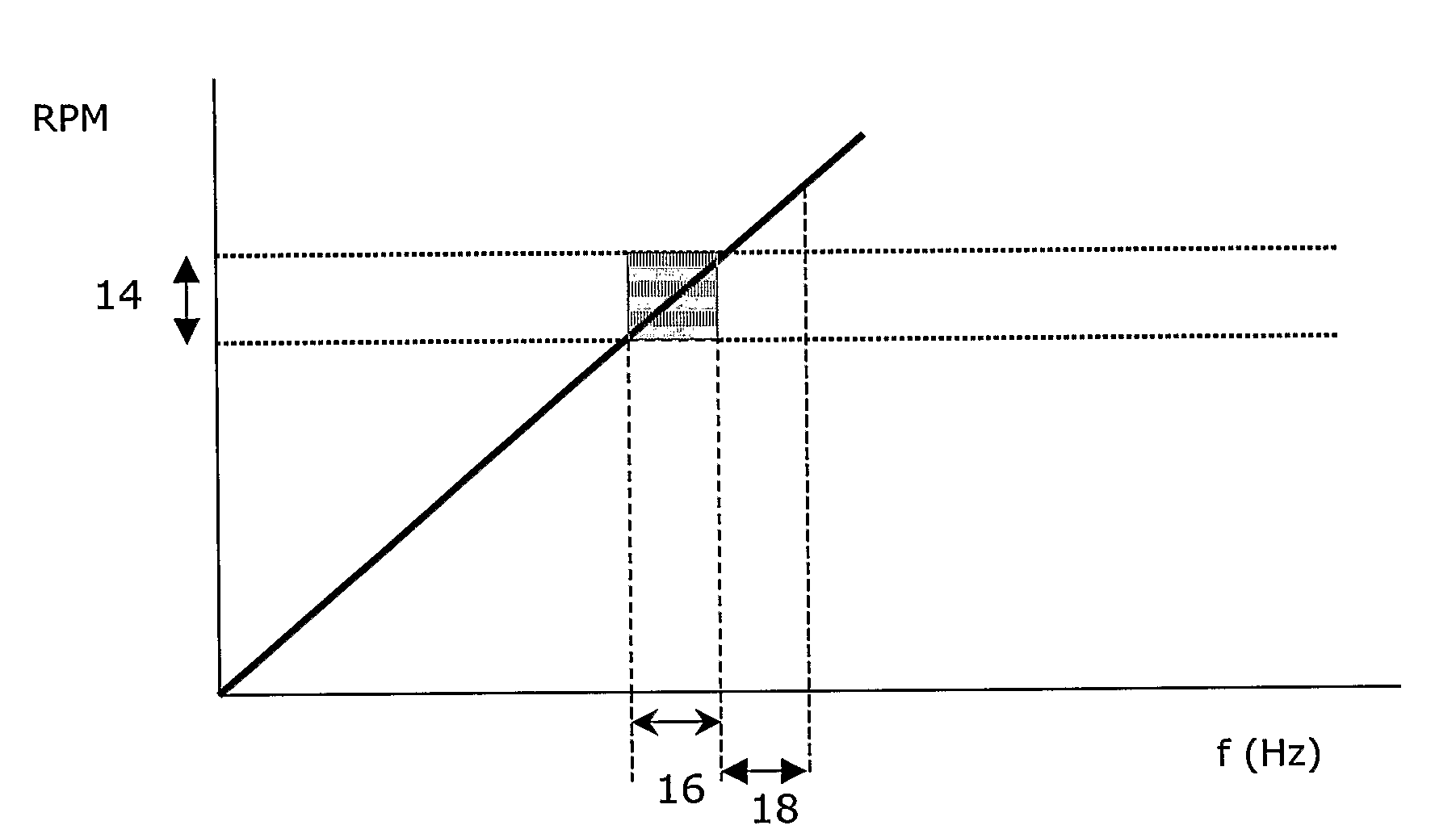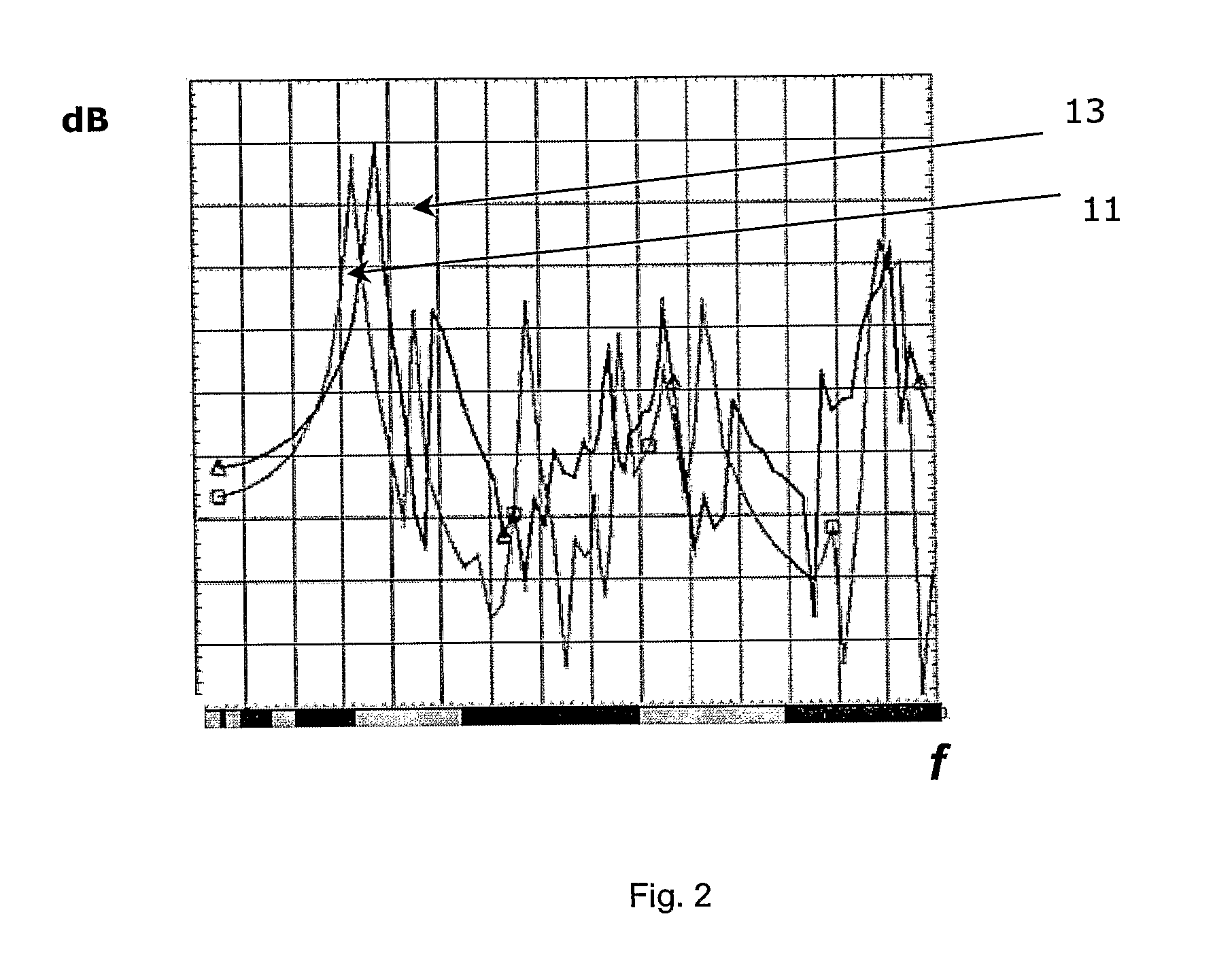Structural element
- Summary
- Abstract
- Description
- Claims
- Application Information
AI Technical Summary
Benefits of technology
Problems solved by technology
Method used
Image
Examples
example
[0043]Some calculations were made on a 1 m2 simply supported steel panel (1005×1005×0.8 mm) using FEM. The absolute values of the first 9 vibration modes of the steel panel were embossed onto nine panels of the same dimensions, i.e., a different mode was embossed on each panel, using three different amplification factors and the modes of each embossed steel panel were studied. The results showed that mode no. 4 provided the panel having the greatest rigidity. The embossed panel having a mode shape corresponding to mode 4 had a first mode at 121 , 159 and 194 Hz for maximum embossing depths of 30, 40 and 50 mm respectively. The first mode of the non-embossed, flat 1 m2 steel panel appeared at a frequency of 3.8 Hz. So using an amplification factor that resulted in a maximum embossing depth of 40 mm increased the frequency of the first mode by a factor of about 42 after the flat panel had been embossed.
PUM
 Login to View More
Login to View More Abstract
Description
Claims
Application Information
 Login to View More
Login to View More - R&D
- Intellectual Property
- Life Sciences
- Materials
- Tech Scout
- Unparalleled Data Quality
- Higher Quality Content
- 60% Fewer Hallucinations
Browse by: Latest US Patents, China's latest patents, Technical Efficacy Thesaurus, Application Domain, Technology Topic, Popular Technical Reports.
© 2025 PatSnap. All rights reserved.Legal|Privacy policy|Modern Slavery Act Transparency Statement|Sitemap|About US| Contact US: help@patsnap.com



